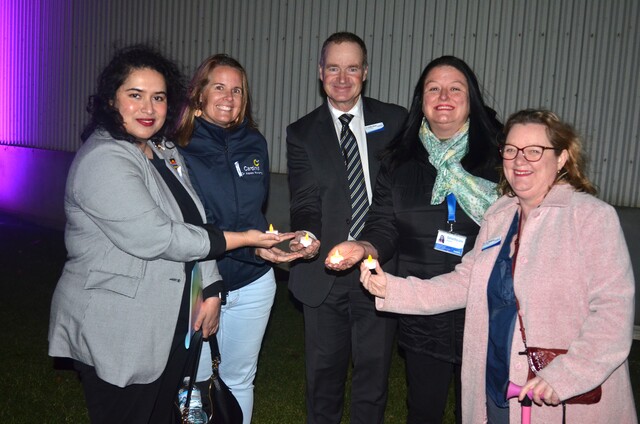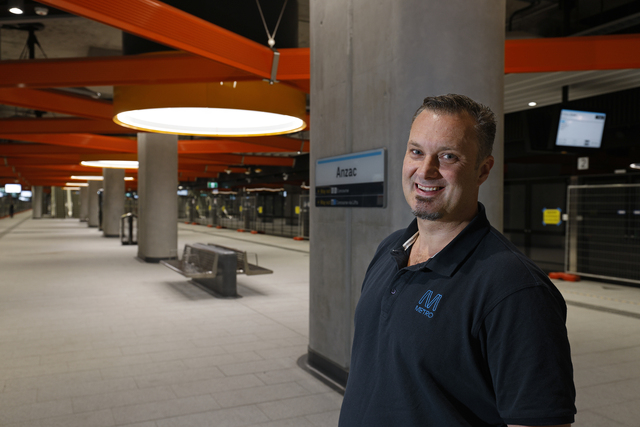By CAM LUCADOU-WELLS and CASEY NEILL
CONTAMINATED soil could be blown onto neighbouring businesses, a childcare centre and homes from Lyndhurst’s toxic waste dump.
Tony O’Hara, a member of the tip’s community reference group, has expressed fear over a planned trial that will allow contaminated soil to replace cleanfill as a daily cover at the dump.
The tip’s operator SITA last week announced that state environmental watchdog the Environment Protection Agency had approved the six-month “unique” trial, due to start this month.
The EPA had deemed the trial’s “overall risk” as “low”.
But Mr O’Hara said the soil could contain arsenic, mercury and lead at higher than normal levels.
“The bottom line, really, is that this material has poisonous elements in there, hazardous material,” he said.
“There is potential for it to be blown around the area.
“People could come into contact with it.”
He said the tip had previously used cleanfill as a cover to protect hazardous material escaping.
“There’s a whole lot of factories being built right up to the fenceline of this landfill,” he said.
“Those are the people who are going to cop it the most.
“They are quite likely to be exposed to whatever is blown from this landfill site.”
Mr O’Hara said that if the trial failed, “they will have exposed people to hazardous materials”.
“As far as I’m concerned this is morally and ethically one of the worst things they can do,” he said.
Residents Against Toxic Waste in the South East (RATWISE) member Thelma Wakelan, who also sits on the community reference group, labelled the decision a “backward step”.
“Up until now, it hasn’t been allowed – contaminated soil has either had to be treated or disposed, not used as a cover,” she said.
“We don’t believe there has been enough research gone into this. There are so many people living and working near the landfill.
“It’s an absolutely economic decision. The only advantage we can see is a financial advantage to the tip operator.”
The landfill neighbours an industrial estate and is within a kilometre of a Lynbrook housing estate and childcare centre.
During the trial, a minimum 300 millimetres of the category-C contaminated soil will cover the tip’s Cell 12C each day.
SITA state general manager Kelvin Sargent insisted the practice made sense “from an economic and environmental perspective”.
“The trial will see the use of restricted category-C soil as a daily cover rather than purchasing cleanfill soil that can be utilised elsewhere.”
He said the category-C soil was a “low-level contaminated soil waste that is already destined for landfill”.






